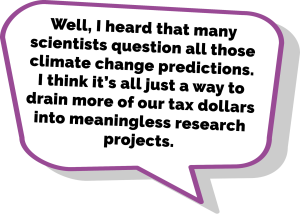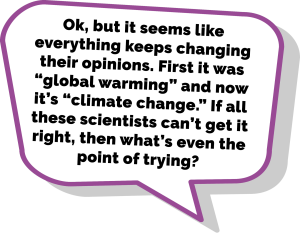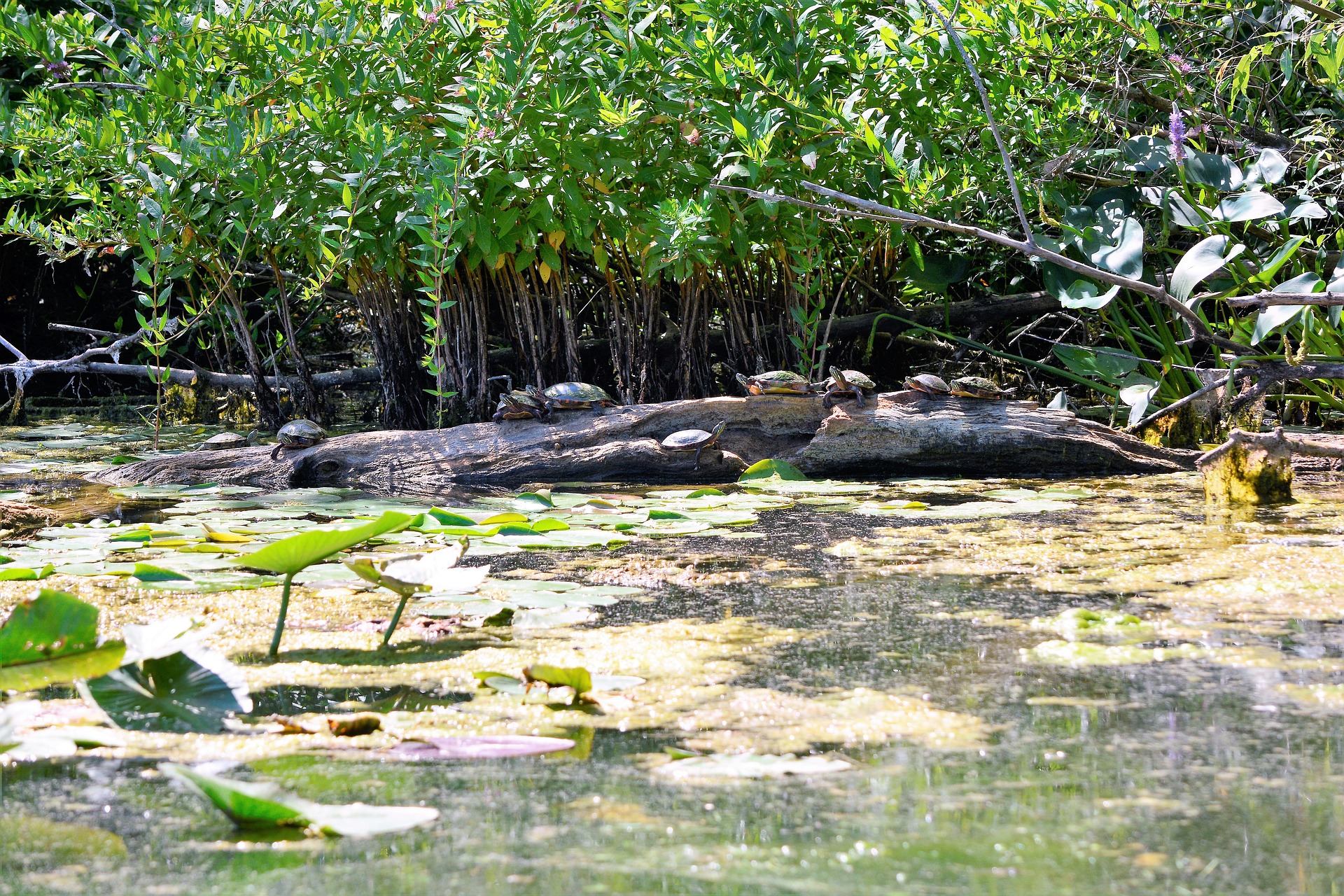Climate Change Education
Introduction
It is now widely accepted within the scientific community (at least 97.1% agree)[1] that anthropogenic climate change (humans impacting the natural climatic cycles) is occurring. In an online survey for Environment Canada in 2023, 60% of Canadians think climate change is a fact and is mostly caused by emissions from vehicles and industrial facilities. But despite the worst wildfire, flood, and drought seasons across the country, this figure is down 9% since a similar poll conducted in August 2022.
More than one-in-four Canadians (27%, +7) think global warming is a fact and is mostly caused by natural changes, while 8% (+3) say climate change is a theory that has not yet been proven.
More than three-in-five residents of Atlantic Canada (63%), Quebec (63%), and Ontario (61%) think global warming is human-made. The proportions are lower in British Columbia (58%), Saskatchewan and Manitoba (55%), and Alberta (52%).
The reality is that Canada is warming at twice the rate of the global average.[2] As Catherine McKenna, Minister of Environment and Climate Change, shares…
“Climate change is real, and Canadians across the country are feeling its impacts. The science is clear; we need to take action now. Practical and affordable solutions to fight climate change will help Canadians face the serious risks to our health, security, and economy, and will also create the jobs of tomorrow and secure a better future for our kids and grandkids.”
As we live in a time of mass information dissemination through online media and social media, it can be challenging to verify such quantities of information. We all have biases, and as such, it can be difficult to accept new worldviews on this topic, especially for young people, older generations, or those who work in primary resource or fossil fuel industries. Public trust in scientists and government has also seen polarizing shifts, and decreases in trust, often linked to political parties or ideologies and particularly after the COVID-19 pandemic and the meeting of science and state.
This can lead to challenging conversations with our participants. It is our role as communicators, guides, and those spending time in our environment to share good information with our guests, clients, or work communities (to the best of our knowledge), to create space to centre the discussion, and offer action for Environmental Leadership.
Getting Comfortable Talking about Climate Change
Important steps to make you feel more comfortable communicating about climate change include…
An Example Dialogue
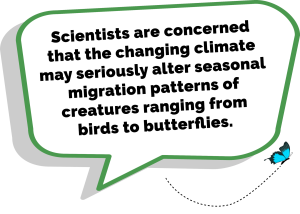 |
|
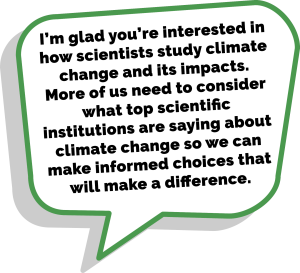 |
|
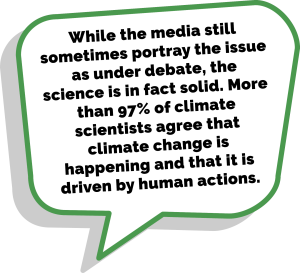 |
|
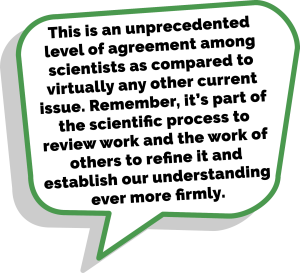 |
|
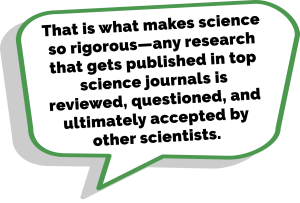 |
|
|
|---|
| ㅤ |
Research an example of environmental/climate change action local to your biome, ecosystem, or place. You can think about water, soil, plants, animals, or energy use to inspire your research point.This can be a key to creating thematic guiding that is interesting, accessible, and engaging for your participants.
|
Climate Change Science Basics
Since climate science is a wide and deep subject, we wanted to cover the important points to give you a foundation from which to communicate clearly and confidently. For us to be effective working with our guiding or work community members, the relationships we build and the communication we share are the most critical components for success.
As you work your way through this material, please keep in mind that while it is important to know the basics of climate science, you don’t need to know all the tiny details to be a successful educator in productive relationships with your guests. The science we provide here will give you the basic understanding you need to feel comfortable with your own knowledge and to speak with intelligence and accuracy.
Earth and Climate Systems
The Earth is incredibly complex and dynamic. In order for humans to study and attempt to understand this complexity, scientists use systems as mental models to describe the dynamic interactions of parts of the Earth and its climate. While we often talk about these systems as discrete (e.g., We discuss the water/hydrological cycle without discussing all the ways it interacts with every other system, like soil or carbon, or all the living and non-living components of Earth), no system operates in isolation; when we dive down the rabbit hole, things get complicated very quickly!
In this course, we will talk about certain aspects of the Earth and climate systems that will give us a basic understanding of what is happening with global warming, climate change, and ocean chemistry change. This will give you a solid foundation from which to work.
Climate System
The climate system comprises a dynamic interplay between five (5) major components — air, water, ice, land, and life — and various external forces that act upon those components. Scientifically, these components are known, in order, as the atmosphere, the hydrosphere, the cryosphere, the land surface, and the biosphere. The external forces most directly influencing the climate system are the Sun (historical and ongoing) and human activity (recent).
What makes the system so complex are the many chemical, biological, and physical interactions that occur among and between the various parts of the climate system over a wide range of time (temporal) and spatial scales. Even though each major component of the system is very different from the rest in terms of its composition, structure, behaviour, and chemical and physical properties, all the components are interconnected and interrelated through flows of heat, motion, and mass.
In the rest of this section, we will talk about some of the factors at play in the climate system.
Global Warming
The term global warming refers to the unusually rapid increase in Earth’s average surface temperature over the last 150 years due to the enhanced amount of heat-trapping gases being released by human activity via the burning of fossil fuels like coal, oil, and methane gas.
This process of gases trapping heat is naturally occurring and is termed the ‘greenhouse effect.’ The greenhouse effect is the process through which heat is trapped near Earth’s surface by substances known as ‘greenhouse gases.’ Imagine these gases as a cosy blanket enveloping our planet, helping to maintain a warmer temperature than it would have otherwise (without this blanket our average temperature would be -15 degrees C). What is happening now with our increased industrialization and emissions is an ‘enhanced greenhouse effect.’
The emphasis must be made on averages for global warming, because it is a combination of all temperatures measured across the entire planet from pole-to-equator-to-pole, and it varies.

Why is it so important to emphasize this? Because when people hear the term global warming, many people assume it means all of the Earth is warming everywhere, all the time (Spoiler Alert: It is not).
It is because of this confusion that scientists and science communicators made the decision to begin primarily using the term climate change when talking about observed changes in the Earth and climate systems. The term climate change makes room in people’s minds for different temperatures, different weather patterns, and different observations in general without putting too much emphasis on just one aspect of the issue.
So which term should you use in your climate change conversations? It is probably best to go with the term climate change for the reasons mentioned above. We want you to know both terms because they describe two different processes. The process of global warming is what leads to changes in Earth’s climate.
Climate Change
So what exactly does the term ‘climate change’ mean? NASA provides this excellent summary:
“Climate change is a long-term change in the average weather patterns that have come to define Earth’s local, regional, and global climates. These changes have a broad range of observed effects that are synonymous with the term.[3]
The current rapid climate disruption we are experiencing is driven by human activities, namely through deforestation and other land-use changes and the burning of fossil fuels (i.e., coal, oil, methane gas) for energy and transportation. ‘Anthropogenic’ is the term scientists use to describe causes and consequences that are “of human origin.”
It’s usually best to use the term human-caused in your climate change conversations because anthropogenic is part of the problematic jargon that switches people off from engaging and learning.
You can engage with Nature Action Quebec’s resource ‘Climate change and me!’ in both English and French for easy-to-engage-with climate change education. These short videos aim to increase knowledge and encourage young people to learn about various phenomena related to climate change.
If you feel like you may need to present to a more knowledgeable audience or wish to build depth in your knowledge, you can watch this 24-minute video.
This video, written and produced by Emily Moberg at Woods Hole Oceanographic Institute (WHOI), presents the basics of climate science using NNOCCI framing techniques and metaphors. It is a good, accessible overview of several key aspects of climate change along with the basics of ocean acidification (great interpretative content for anyone working on the coast, paddling, or on water, as we know all water leads to the oceans and back to us!).
Forces, Feedbacks, and Feedback Loops
As we mentioned at the beginning of this section, there are external forces that act upon the climate system as well as feedbacks and feedback loops that can amplify or minimize various aspects of the system’s components.
For instance, humans are not part of the atmosphere, but the human activity of burning fossil fuels like coal and oil for energy produces carbon dioxide gas as a waste product in large amounts. This carbon dioxide gas has been slowly increasing in concentration over geological time as a result of increased respiration by complex life but is usually stored for long periods in oceans, living trees, etc. Now that we are burning fossil fuels and have deforested enormous parts of the world, humans are an external force on the climate system.
Feedbacks and feedback loops causing changes get a little more complicated. These changes are measured by the amount of warming or cooling they can produce, a process called “radiative forcing”
Changes that have a warming effect are called “positive” (e.g., increased burning of fossil fuels), while changes that have a cooling effect are called “negative” (e.g., When volcanoes erupt they erupt material into the atmosphere that reflects heat back to space). When positive and negative forces are out of balance, the result is a change in the Earth’s average surface temperature.
It’s like your monthly spending budget — you have to balance money in with money out or you don’t have enough money to pay your bills! If energy (solar radiation) were money though, the world would be supremely rich right now! Unfortunately, more doesn’t always mean better in this situation.
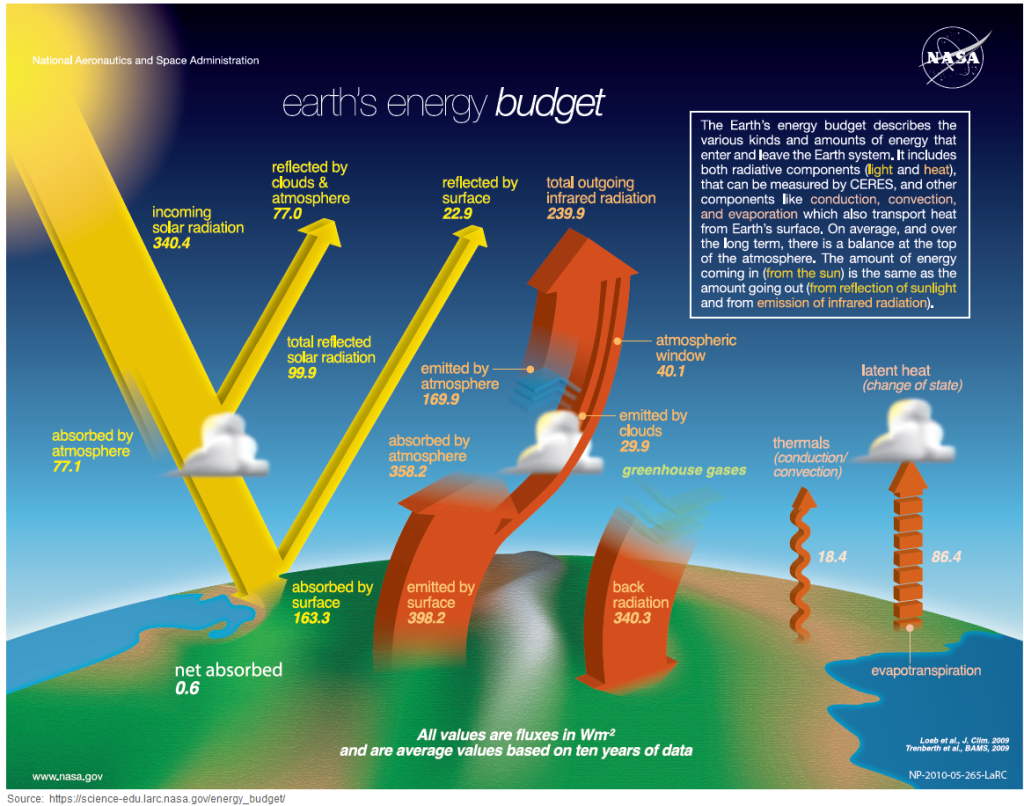
Tipping Points
Another concept to know is encompassed by the phrase ‘tipping point.’ Fortunately, this phrase is as straightforward as it sounds. A tipping point is “the critical point in a situation, process, or system beyond which a significant and often unstoppable effect or change takes place.”[4]
The most familiar example of this is any object that is balanced precariously, such as a student leaning back in their chair. If they lean too far backward and go past the critical tipping point, they will experience the unstoppable effect of falling over. Within most systems — be they earth, climate, health, or social systems — there exist critical tipping points at which certain inescapable changes can suddenly occur.
We are living in unprecedented times for conditions of carbon dioxide (and other greenhouse gases) in the atmosphere based on the fossil, atmospheric (ice cores, deep-sea sediments etc), and climate records we have that go back 4 billion years.
We’ll learn more about how climate change is impacting Canada and the world as we look at the Impacts of Climate Change.
- Reusswig, Fritz. “History and future of the scientific consensus on anthropogenic global warming. ” Environmental Research Letters 8.3 (2013). ↵
- Environment Canada (2019) Accessed June Sept 16 2024 https://www.canada.ca/en/environment-climate-change/news/2019/04/canadas-climate-is-warming-twice-as-fast-as-global-average.html ↵
- Overview: Weather, Global Warming and Climate Change. (2019, August 28). Retrieved September 03, 2023, from https://climate.nasa.gov/resources/global-warming-vs-climate-change. ↵
- Merriam-Webster. (n.d.). Tipping point. In Merriam-Webster.com dictionary. Retrieved September 2, 2020, from https://www.merriam-webster.com/dictionary/tipping%20point ↵

